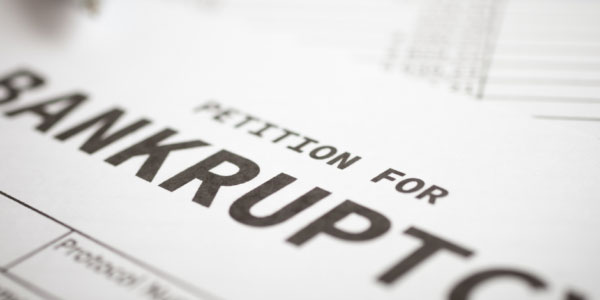What Are The Basics of the Bankruptcy Schedules
Triston Martin
Nov 03, 2022
Introduction
The bankruptcy schedules are not timeframes that indicate how the bankruptcy process will unfold. They are forms similar to the schedules that you might add to your tax return if you have any unexpected sources of income or if you want to itemise your deductions. In these papers, you must enter information regarding every element of your financial life, including your debts, income, and expenses. To qualify for bankruptcy relief, you must submit the necessary documentation, including the schedules. In reality, they are a collection of paperwork that every debtor (the individual who files the bankruptcy case) is required to prepare and then provide to the bankruptcy court. When taken as a whole, they provide a snapshot of your financial situation on the day you initially file your case.

Schedule A
It would be best if you listed all your real and personal property on your bankruptcy's Schedule A/B, also known as Official Form 106 A/B. In general, the term "real property" refers to land, houses, and other buildings. You need to provide the street address of the property you own. You also need to declare the worth of the property and any claims that have been secured against it. Liens against the property, like your mortgage, are created when secured claims are satisfied.
Schedule C
You can claim exemptions by filling out Schedule C, which is part of Official Form 106C. You may be able to keep certain assets and the values of those assets out of the bankruptcy proceedings if you comply with federal and state rules. If you do not wish to part with your real or personal property, you must document the assets the law allows you to retain. During a Chapter 7 bankruptcy procedure, the trustee has the authority to seize and sell any valuable property that is not exempt from the bankruptcy process.
Schedule D
You must include all of your creditors who hold secured claims on Schedule D, which is part of Official Form 106D. A claim is secured when the creditor has the legal authority to take possession of the property used as collateral for the loan. The property is being used to secure the loan in its entirety. For instance, when you purchase a home with the assistance of a loan, the mortgage company will obtain a lien on the property. If you do not make your mortgage payments or comply with the other terms of your mortgage contract, the mortgage company has a secured claim against you and can foreclose on the property.
Schedule E/F
You must include all your unsecured creditors on Schedule E/F, which is part of the Official Form 106E/F. This would include creditors who hold your credit card debt. Some of these debts, such as those owed to the government in the form of taxes and domestic support responsibilities such as alimony and child support, take precedence over the others. You are even compelled to include personal loans from friends and family members in this section.
Schedule G
On Schedule G of the Official Form 106G, you will find a list of all the active leases and contracts you currently have. You have a contract that is considered executory if it has been partially completed, such as when you have paid an artist to paint your portrait, but the artist has not yet created the work you commissioned. If you rent your home and the lease period has not yet ended, you have a lease; if you lease your automobile, you also have a lease. Provide a list of all active contracts, complete with the names and addresses of all parties involved. You are also required to describe the nature of the lease or contract.
Schedule H
The co-debtors who have joint obligations with you for certain debts are listed on Schedule H, which is part of Official Form 106H. Include on this list any other people or businesses responsible for paying any of the debts you have detailed in your schedules. For instance, if your spouse is responsible for any of your obligations but is the only one filing for bankruptcy, you would include your husband as a co-debtor on the petition. If a friend or member of your family helped you out by co-signing on loan with you, you would list them as your co-signer.
Schedule I
On Schedule I, which is part of the Official Form 106I, you will list all your revenue sources. If you are married and intend to file for bankruptcy, you are required to mention your spouse's income even if they do not intend to file with you. This is not limited to earnings, salaries, or tips.
Schedule J
You will include all your monthly expenses on Schedule J, which is part of Official Form 106J. These expenses may include your rent or groceries, insurance, fees associated with childcare, child support or alimony, and transportation. Almost everything that constitutes a significant portion of your typical financial situation should be mentioned in this context.

Conclusion
When the procedures associated with bankruptcy are concluded successfully, the debtor is released from the obligations associated with any debts accrued before the bankruptcy filing. The federal courts are responsible for hearing and deciding all bankruptcy cases in the United States. A bankruptcy judge is an individual who makes decisions in federal bankruptcy cases.







